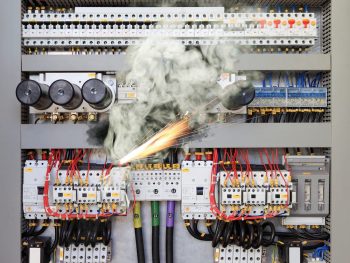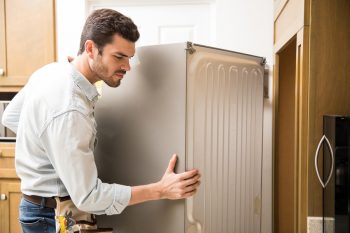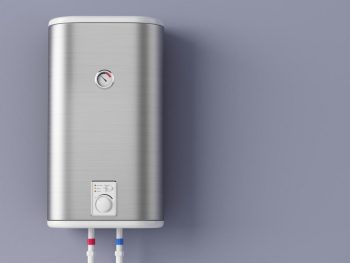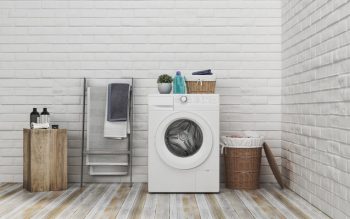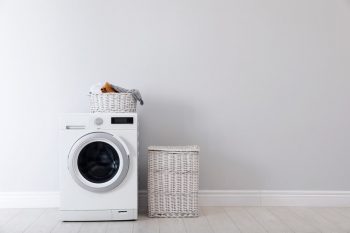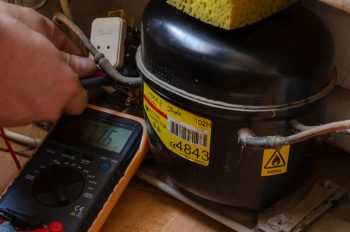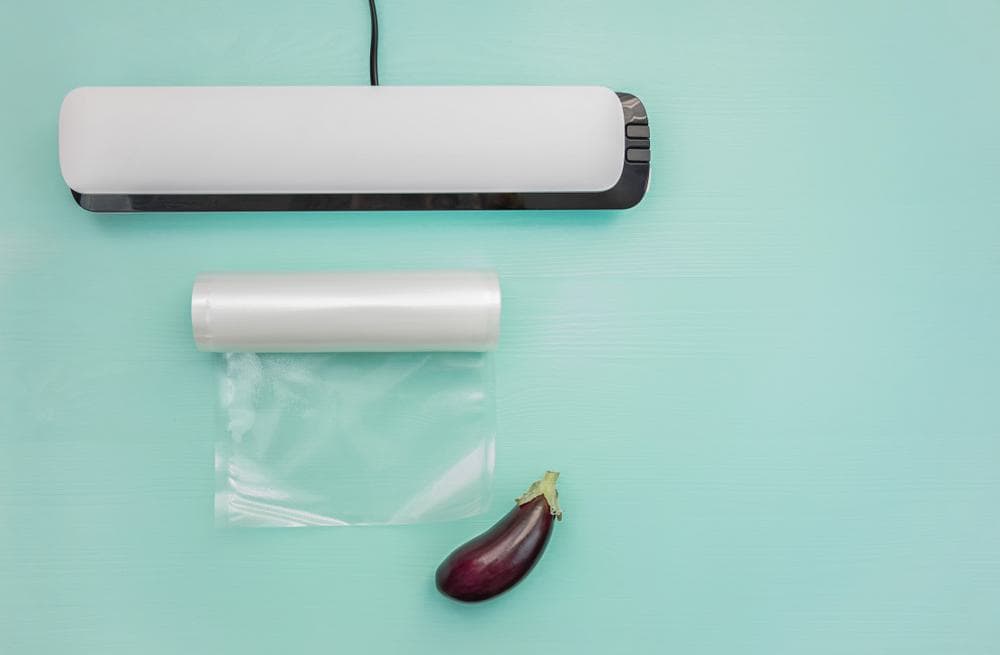
A vacuum sealer is a remarkable tool that every home and business should own. It extends the shelf life of food, reduces waste, preserves nutrients, protects food from bacteria, prevents freezer burn, and enhances the flavor of marinated food. But how does one operate this versatile appliance? This comprehensive guide will walk you through the process of operating a vacuum sealer, provide tips for maximizing its effectiveness, and highlight common mistakes to avoid.
To operate a vacuum sealer, you first need to place your food into a suitable vacuum sealer bag. Next, align the open end of the bag with the seal bar on your vacuum sealer. Close the lid of your vacuum sealer and start the sealing process using the appropriate button or mechanism. The vacuum sealer will extract the air and seal the bag. Once the process is complete, you can remove the bag and store your food in the desired location. Always refer to your specific model’s user manual for detailed instructions and safety guidelines.
What is a Vacuum Sealer and What Are Its Functions?
A vacuum sealer is a kitchen appliance that removes air surrounding the food in a plastic bag or container, then seals it to create an airtight environment. This process is crucial in preserving the food’s freshness, extending its shelf life, and protecting it from bacteria, mold, and fungus.
How Does a Vacuum Sealer Work?
A vacuum sealer works by sucking out the air from the bag or container and then sealing it using heat. It is an efficient tool for preserving food and can be used for various types of food including meats, fruits, vegetables, grains, and even liquids when handled correctly.
Types of Vacuum Sealers
There are three main types of vacuum sealers: chamber vacuum sealers, external or suction vacuum sealers, and handheld vacuum sealers. Each type has its own advantages and disadvantages, and the choice of which to use depends on your specific needs and budget.
Operating a Vacuum Sealer: Step-By-Step Guide
Operating a vacuum sealer is straightforward.
- Choose the appropriate vacuum sealer bag for your machine and the food you want to seal.
- Place the food inside the bag, ensuring that the open end of the bag is clean and free of food particles or oils that could prevent a tight seal.
- Align the open end of the bag with the seal bar on your vacuum sealer.
- Close the lid of your vacuum sealer tightly. For manual machines, press the “Start” button to begin the sealing process. For automatic machines, press down firmly on the lid until the vacuum cycle begins.
- The vacuum sealer will remove all the air from the bag and then seal it. Wait until the machine indicates the process is finished before removing the sealed bag.
- Store the vacuum-sealed food in the appropriate location, such as a refrigerator, freezer, or pantry, depending on the type of food and desired storage duration.
Remember that different vacuum sealer models may have specific instructions, so it’s essential to consult your machine’s user manual for any additional steps or variations in the process.
Common Mistakes to Avoid
Using a vacuum sealer can be a game-changer in your kitchen, but there are common mistakes that could interfere with its efficiency. These include using incompatible vacuum bags, overfilling the bags, not cleaning the vacuum sealer between uses, and sealing hot liquids. By avoiding these common mistakes, you can ensure the proper functioning of your vacuum sealer and prolong the shelf life of your food.
Maintenance and Safety Considerations
Regular maintenance is crucial for the long-term use of your vacuum sealer. This includes cleaning the vacuum sealer after each use, inspecting the sealing jaws and gaskets, lubricating moving parts, checking the oil for oil-based vacuum sealers, replacing worn or damaged parts, and storing the vacuum sealer properly.
When using a vacuum sealer, safety should always be a priority. This involves maintaining a clean and sanitary environment, washing hands before and during the vacuum sealing process, not touching food directly, properly labeling food packages, and using commercial-grade equipment for temperature control safety (TCS) foods.
Maximizing the Effectiveness of a Vacuum Sealer
You can maximize the effectiveness of a vacuum sealer by freezing meats before sealing, using zipper bags for repackaging snacks, flash-freezing produce before sealing, cleaning food to ensure it stays sealed, using oxygen absorbers, choosing the right sealer and compatible vacuum bags, washing hands or wearing gloves, allowing items to cool before vacuum sealing, not overfilling the bag, labeling the bags, partially freezing fragile food, making bags flat and stackable, using folded wax paper over sharp bones, pre-freezing fruits in a single layer, and buying in bulk.
Conclusion
A vacuum sealer is an essential tool for any kitchen, whether commercial or residential. By understanding how to operate it correctly, you can maximize its benefits and enjoy fresher, longer-lasting food. Remember to follow the manufacturer’s instructions, maintain the machine properly, and observe safety guidelines. Happy sealing!
Frequently Asked Questions
Can I re-use vacuum sealer bags?
Yes, you can reuse vacuum sealer bags, but only if they previously contained fruits, vegetables, or dry goods. Bags that held raw or cooked meats should not be reused due to the risk of bacterial contamination.
What types of bags are compatible with a vacuum sealer?
Vacuum sealers require special bags that are designed for vacuum sealing. These are typically made of a plastic material that can withstand the heat used to create the vacuum seal. Always check the manufacturer’s instructions for specific bag recommendations.
How long can vacuum-sealed food last?
The shelf life of vacuum-sealed food varies depending on the type of food, but it is generally much longer than non-vacuum sealed food. For example, vacuum-sealed meats can last up to 3 years in the freezer, while fruits and vegetables can last up to 2 years.
Can vacuum sealers be used for non-food items?
Yes, vacuum sealers can be used to seal a variety of non-food items, such as important documents, jewelry, or clothing for storage and protection against moisture and dust.
Can I vacuum seal liquids?
Yes, but with caution. Liquids should generally be frozen before vacuum sealing to prevent them from being sucked into the vacuum sealer, which can damage the machine. Always check your machine’s user manual for specific instructions on sealing liquids.

